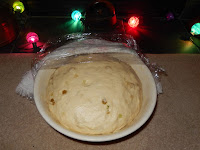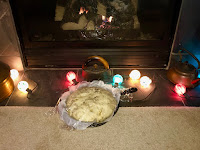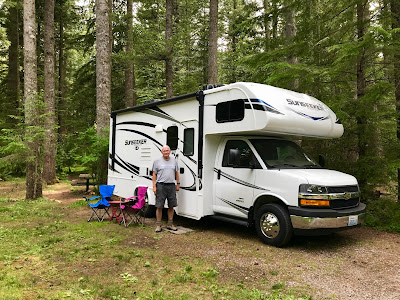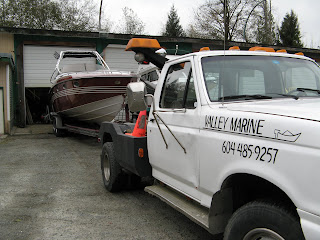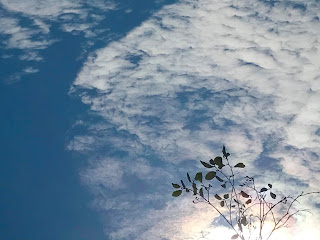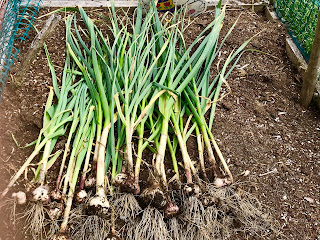5 Favourite 2019 Powell River Books Blog Posts
 Each year I enjoy sharing blog posts from throughout the year that were favourites with my readers. Here are the top 5 for 2019 in order. Click the titles to read the complete posts.
Each year I enjoy sharing blog posts from throughout the year that were favourites with my readers. Here are the top 5 for 2019 in order. Click the titles to read the complete posts.
1. 5 Acres and a Dream by Leigh Tate: I enjoy reading books written by people, especially women, who homestead or live off the grid. Leigh's homesteading book was both engaging and helpful at the same time. And I continue to follow her blog.
 |
| 5 Acres and a Dream: The Blog link. |
Related post: Becoming Wild by Nikki Van Schyndel who also participated on the History Channel's Alone: The Arctic this year,
2. Back Up the Lake: In late March we finally got back to our float cabin home after a two month stay down in the States for our Rental RV Road Trip and an extended period in Bellingham. Coming home is always such a wonderful feeling.
 |
| Our Powell Lake float cabin home. |
Related post: Remembering a Fierce Winter Storm recounts the story of a massive storm during my first solo visit to the float cabin in 2001.
3. Spring Garden Update: After an additional six weeks in the States, we got home in late May. There was just enough time to prepare my floating garden and containers on the cabin deck for planting.
 |
| Preparing the floating garden for late spring planting. |
Related post: Renewed Raised Bed Floating Garden tells how John replaced rotting cedar sides and decking to refurbish my garden float.
4. Coastal BC Plants - Indian Pipe: As I discover new and interesting British Columbia plants, fungi, insects, animals and birds, I write about them on my blog. Click the links to see the posts.
Related post: Cabin Journal: Beds, Bugs and Birds. I also write and draw illustrations in my cabin journals.
5. Summer Cruising Part II: Last summer we went out in our Bayliner 2452 on the chuck (ocean) several times. The Strait of Georgia is a very popular cruising spot and it's right on our doorstep.
 |
| Halcyon Days at sunset with the Refuge Cove store in the background. |
Related post: Annual Boat Maintenance at Valley Marine to get our boat ready for winter storage.
2019 was a very good year for us. We hope yours was as well. -- Wayne and Margy











